File photo: On March 5, 2021, the day before the opening of China's National People's Congress (NPC), police patrol Tiananmen Square with dogs on a day of heavy air pollution in Beijing. (Photo by Kevin Frayer/Getty Images.)
[People News] On April 2, U.S. President Donald Trump announced a 34% tariff increase on Chinese imports. In response, on the evening of April 4, the Chinese Communist Party (CCP) announced a reciprocal 34% tariff on all U.S.-origin goods, igniting a new phase of the U.S.-China trade war. But what is the actual total tariff burden imposed on China by the U.S.? Some experts say that after multiple rounds of tariff hikes, certain Chinese exports are effectively facing rates as high as 100%. As a result, all three of China’s so-called "three economic engines" are faltering, and it is estimated that China’s GDP could fall by 1% to 2.4% this year, making Premier Li Qiang’s target of maintaining 5% growth increasingly difficult to achieve.
According to Radio Free Asia (RFA), President Trump’s April 2 announcement was based on a "country-based reciprocal tariff policy," imposing a 34% duty on Chinese imports. On April 4, the CCP responded with its countermeasure. The Tariff Policy Commission under the State Council issued an announcement stating that, based on China’s Customs Law, Foreign Trade Law, and Tariff Law, as well as the basic principles of international law—and with State Council approval—China will impose an additional 34% tariff on all U.S.-origin goods starting April 10, 2025, on top of current applicable rates.
Shortly after, on the morning of April 4 (U.S. time), Trump responded on his social platform, Truth Social, saying: “China (the CCP) made the wrong move. They're panicking. This is the move they can least afford.”
U.S.-based political commentator Cai Shenkun, in an interview with RFA, analyzed that while the current wave of tariffs may not represent the highest rate yet, it’s clear that Trump is primarily targeting China with these actions.
Cai noted that the effective total U.S. tariff rate on Chinese goods far exceeds 34%. During Trump’s previous term, tariffs on Chinese goods were raised by 20%. Early in his current second term, due to the fentanyl issue, he added another 20%. Now with this 34% hike, the total cumulative rate is effectively 74%, the highest imposed on any country.
Cai added that if you include Trump’s global 25% steel tariff and 100% auto tariff, particularly targeting China, plus additional docking fees imposed on Chinese ships and containers entering U.S. ports to block access, the total tariff burden essentially reaches 100%. Furthermore, if the CCP proceeds with plans to purchase crude oil from Venezuela by April 9, the U.S. will impose another 25% tariff on China. All combined, Cai concludes, the U.S. is effectively subjecting China to a 100% tariff wall.
China's Exports and Re-exports are Facing Significant Blockages, Signaling that All Three Engines of Its Economic Growth are on the Verge of Stalling
Cai Shenkun (蔡慎坤) pointed out that despite the advantages of Chinese manufacturing in terms of low costs and human rights, the imposition of a 100% tariff on exports means that Chinese companies exporting to the United States are essentially operating at a loss. The more they export, the greater their losses, suggesting that China's previous windfall from the pandemic, which allowed it to benefit from increased exports, is nearing its end. Consequently, all three engines of growth in China are set to stall.
Sun Guoxiang (孫國祥), a professor in the Department of International Affairs and Business at National Hwa Hsia University, explained that whether the tax increases are 50% or 70% arises from different methods of cumulative calculation. Ultimately, the impact of these measures on Sino-U.S. bilateral trade, the global supply chain, and economic growth in both countries will be crucial. High tariffs may compel companies to reorganize their supply chains, but this process is time-consuming and costly. In the short term, it could lead to increased economic losses for both parties. While tensions remain high, there may still be opportunities for negotiation between China and the U.S., which appears to be a significant implication of President Trump's subtext'.
Cai Shenkun believes that although Trump publicly refers to Chinese Communist Party leader Xi Jinping (習近平) as a friend and offers him praise, he has, in fact, dealt a severe blow to Xi Jinping in the tariff war, striking decisively.
The Increase in U.S. Tariffs Has Resulted in Chinese Goods Being Halted for Export.
Cai Shenkun noted that Trump is directly targeting China's exports this time, effectively closing existing loopholes in the export process. The Chinese Communist Party had previously responded to the trade war by gradually relocating mid- to low-end industries to Southeast Asia and South America. This time, Trump's tariffs are directly impacting countries that maintain the closest trade ties with China, including Vietnam, Cambodia, Thailand, Malaysia, Indonesia, and South American nations like Mexico and Brazil. As a result, these countries are likely to impose tariffs on China, leaving China with few options for low-tariff channels globally.
Reports indicate that many goods from China that have already been loaded onto ships are now requesting to cancel their exports, with several companies in Vietnam notifying the cancellation of shipments. In this context, Sun Guoxiang, a professor in the Department of International Affairs and Business at National Huaqiao University, spoke with Radio Free Asia, analyzing that the inability of Chinese goods to be loaded for export reflects a combination of U.S. trade policy, logistics bottlenecks, and a decline in market demand.
Sun Guoxiang stated: 'Consider that if goods at Chinese ports were to reach the United States, the shipping method would incur higher tariffs. The existing goods can no longer fulfill the original contract requirements unless U.S. importers or Chinese exporters can subsidize these tariff costs; otherwise, exporting these goods will be very challenging.'
Scholars Estimate that China's GDP Could Decline by 1 to 2.4 Percentage Points by 2025
Sun Guoxiang predicts that the Chinese economy will experience further slowdown. During this year's Two Sessions, Chinese Premier Li Qiang announced a growth target of 5% for the economy, a goal that has now become unattainable due to increased tax rates imposed by Trump. The latest round of tariffs from the United States is expected to reduce China's GDP growth by 1 to 2.4 percentage points, a more severe impact than that of the 2018 trade war. The deflationary pressures in China are further undermining domestic demand and production activities, while the job market is also facing increased pressure. Since the onset of the US-China trade war in 2018, China has lost 3.5 million manufacturing jobs. Factors such as the restructuring of the global supply chain, rising costs, intensified competition in global markets, and geopolitical influences will all contribute to long-term impacts on China's industrial structure.
Analysts believe that the global supply chain will trigger a chain reaction, and Sun Guoxiang agrees, noting that as the world's manufacturing hub, China's export challenges will affect the supply of raw materials and components to other countries. In the long run, shifts in trade flows may also lead logistics companies to reallocate resources, which will have repercussions for American consumers and businesses, making it difficult to avoid rising prices in the United States.
Sun Guoxiang anticipates that, in response to the reshaping of geopolitical and trade dynamics, China may seek to enhance trade cooperation with other regions such as Europe, Africa, and Latin America to offset losses in the US market. While achieving this in the short term may be challenging, the escalation of US-China trade tensions could further heighten global economic uncertainty.
Regarding the impact on different industries, Sun Guoxiang noted that sectors dependent on exports to the U.S. market, such as manufacturing and consumer goods, especially bulk manufacturing like electronic products, will struggle to remain competitive due to the substantial rise in U.S. tariffs on China, which have increased to 54%.


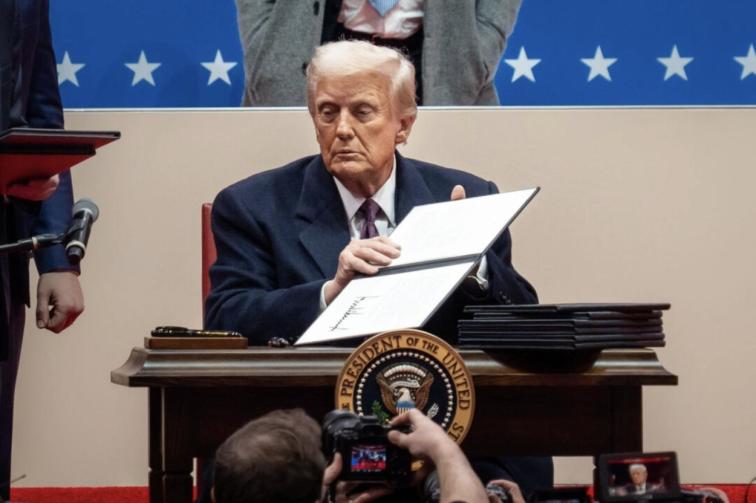
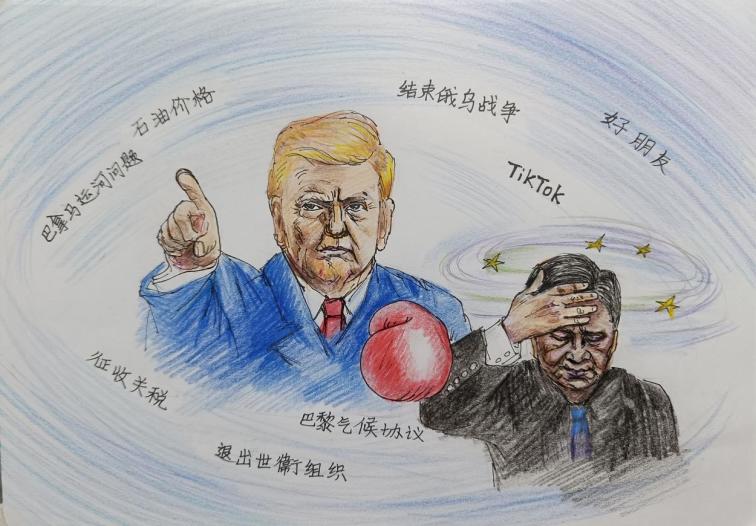
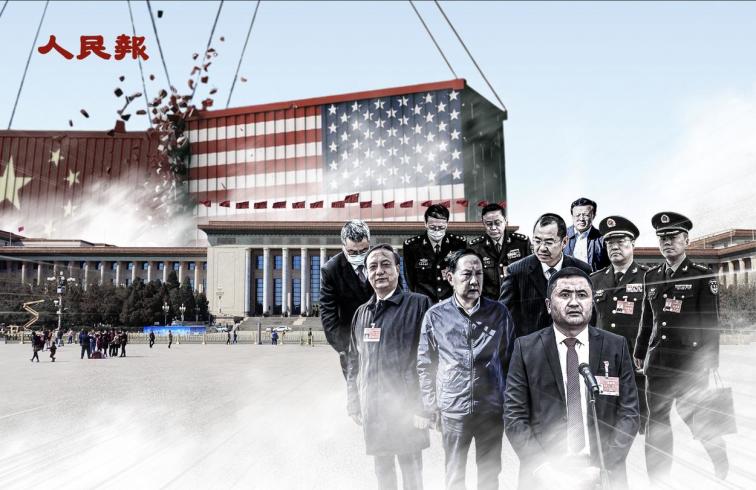
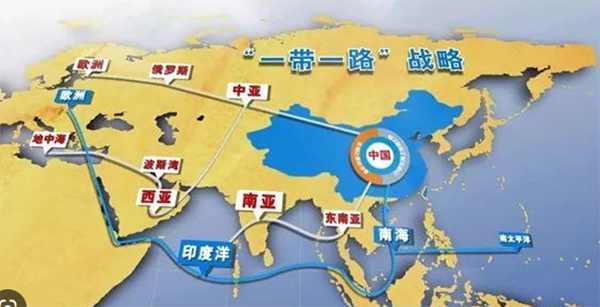

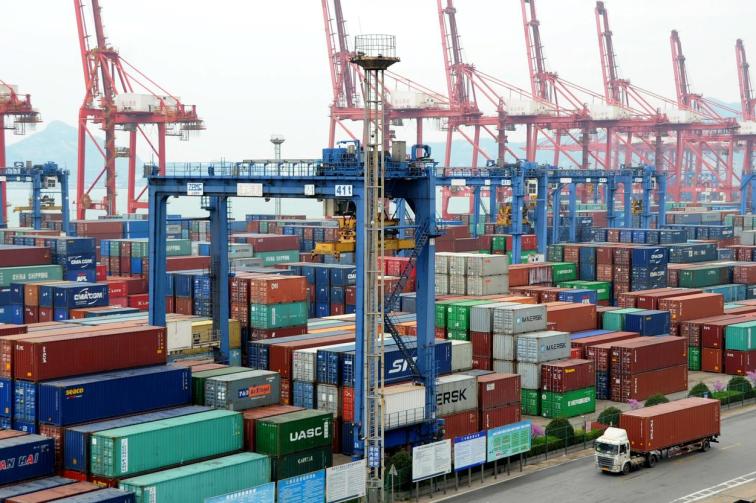

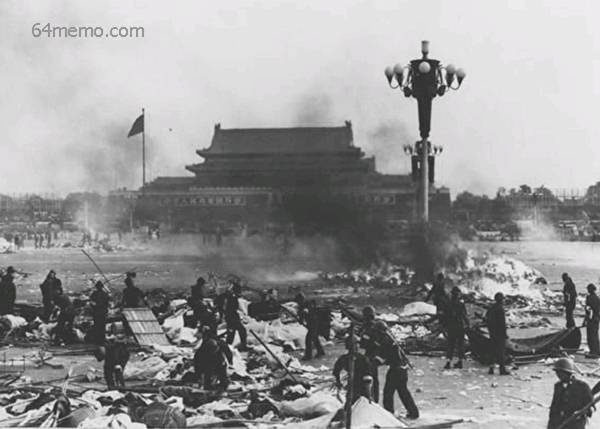

News magazine bootstrap themes!
I like this themes, fast loading and look profesional
Thank you Carlos!
You're welcome!
Please support me with give positive rating!
Yes Sure!